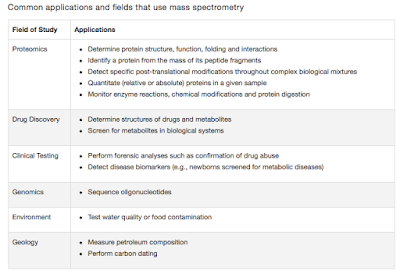Influenza D Virus
Greetings
Influenza is a topic about which I have written a good number of posts (Link). Influenza virus is a member of Orthomyxoviridae characterised by a single-stranded segmented RNA genome. The influenza viruses are classified into types A, B, C and D on the basis of their core proteins. Influenza A and B contains 8 genome segments whereas C and D contain 7. The evidence that Influenza D is significantly different from C comes from 2 lines- Genetic studies showing large differences and hemagglutination inhibition assays, showing a lack of cross-reactivity. Till recently, the name "Influenza D" has been tentatively used. Recently the executive committee of ICTV has officially approved the nomenclature.
 |
| Fig 1: Structure of Influenza D Virion. Source |
Structurally, Influenza D virus (IDV) is an enveloped, rounded virus measuring 80-120 nm in diameter. The genome is segmented ssRNA(-) linear genome, encapsidated by nucleoprotein (NP). Contains 7 segments coding for 7 proteins. Viral RNA polymerase (PB1, PB2 and PA) transcribes one mRNA from each genome segment. Transcription is primed by cap snatching. See Fig 1. A major distinguishing feature of IDV is the hemagglutinin-esterase (HE) fusion protein, which is responsible for receptor recognition, viral fusion, and destruction of the host receptor. IDV has approx 50% amino acid identity to human influenza C virus (ICV). The segments of IVC and IVD that contain PB1 share a 72% identity, while the segment containing HE has diverged further to 53%. IDV, (similar to ICV) uses 9-O-acetylated sialic acid as its receptor.
IDV is primarily an infection of the cattle. Research has conclusively established that IDV can transmit between cattle but it is not clear as to what is the risk of human disease. The virus can clearly infect human cells in cell culture models, and transmission in ferrets has been documented. Serological positivity has been documented against IDV from people with occupational contacts with cattle.
Pigs and cattle are the primary natural reservoir. The IDV can be isolated and cultured in swine testicle at 37 C. IDV has been isolated from pigs in Oklahoma and from cattle in China, France, and the United States, including the states of Minnesota, Kansas, Nebraska, Oklahoma, and Texas. I did a literature search but couldn't find any reported human IDV cases.
It appears that Influenza D is not as big as a threat as some people have projected it to be for a couple of possible reasons. First, IDV appears to be a very stable clone and hence antigenic variability is very low. In contrast with Influenza A, this means that herd immunity is easy to achieve. Second, IDV cases are not reported, though serological positivity is documented. This implies that probably the virus can cause subclinical infection but is not a significant health threat.
References:
Ferguson L, Olivier A, Genova S, Epperson W, Smith D, Schneider L et al. Pathogenesis of Influenza D Virus in Cattle. J Virol. 2016;90(12):5636-5642.
White S, Ma W, McDaniel C, Gray G, Lednicky J. Serologic evidence of exposure to influenza D virus among persons with occupational contact with cattle. Journal of Clinical Virology. 2016;81:31-33.
Song H, Qi J, Khedri Z, Diaz S, Yu H, Chen X et al. An Open Receptor-Binding Cavity of Hemagglutinin-Esterase-Fusion Glycoprotein from Newly-Identified Influenza D Virus: Basis for Its Broad Cell Tropism. PLoS Pathog. 2016;12(1):e1005411.





Comments
Post a Comment